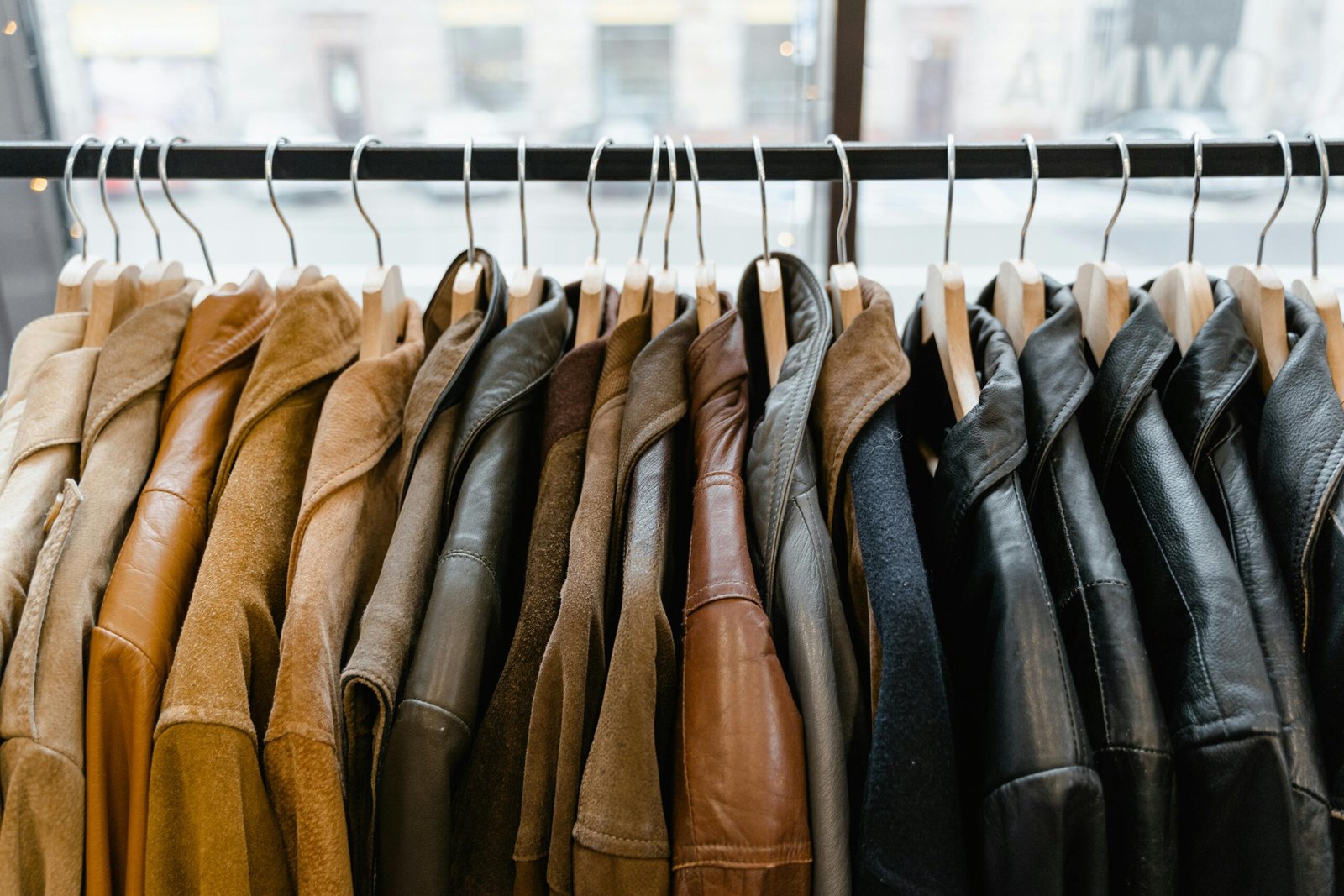The Ever-Evolving World of Fashion: Trends, Influence, and Future

Introduction
Fashion is more than just clothing; it’s an expression of culture, personality, and identity. From ancient civilizations to modern runways, fashion has played a crucial role in defining societies. With rapid technological advancements, sustainability concerns, and cultural shifts, the industry is evolving faster than ever. Let’s explore the journey of fashion, its influence, and where it’s headed.
Part 1: The Evolution of Fashion
1. The History of Fashion
Ancient Fashion Trends
- Early civilizations like Egypt, Rome, and China had distinct styles influenced by social status and climate.
- Silk, cotton, and wool were among the earliest fabrics used for clothing.
- Jewelry and accessories played a significant role in self-expression.
Medieval to Renaissance Fashion
- Clothing became more elaborate with embroidery, corsets, and layered outfits.
- Royals and aristocrats set trends that commoners often aspired to follow.
- Fabrics like velvet, brocade, and lace became symbols of wealth.
20th-Century Fashion Revolutions
- The roaring ’20s brought flapper dresses, while the ’50s embraced elegance with structured silhouettes.
- The ’70s and ’80s saw bold colors, patterns, and power dressing.
- Fast fashion emerged in the late ’90s, making trendy clothing accessible worldwide.
2. Major Fashion Movements
High Fashion vs. Streetwear
- Luxury brands like Chanel, Gucci, and Dior have dominated haute couture.
- Streetwear brands such as Supreme and Off-White revolutionized casual fashion.
- The fusion of high fashion and streetwear has led to a dynamic industry shift.
Minimalism vs. Maximalism
- Minimalism focuses on clean lines, neutral colors, and timeless designs.
- Maximalism embraces bold prints, vibrant hues, and extravagant layering.
- Both styles continue to coexist, catering to different fashion preferences.
Sustainable Fashion Trends
- The rise of ethical fashion focuses on reducing waste and using eco-friendly materials.
- Second-hand and thrift fashion have gained popularity as sustainable alternatives.
- Brands are increasingly adopting sustainable practices to reduce their environmental impact.
3. The Role of Fashion Icons
Celebrities as Trendsetters
- Stars like Audrey Hepburn, Rihanna, and Harry Styles influence global fashion trends.
- Red carpet events and social media shape what people wear.
- Designer collaborations with celebrities drive mass appeal and sales.
Influence of Designers
- Visionary designers like Coco Chanel, Alexander McQueen, and Karl Lagerfeld have left a lasting legacy.
- Fashion weeks in Paris, Milan, and New York set the industry’s direction.
- Emerging designers continue to redefine fashion’s boundaries.
Part 2: The Impact and Future of Fashion
4. The Digital Influence on Fashion
Social Media and Fast Trends
- Instagram, TikTok, and YouTube dictate fashion trends at lightning speed.
- Influencers and bloggers hold significant power over consumer choices.
- Viral fashion trends often lead to rapid production cycles and fast fashion concerns.
The Role of E-commerce
- Online shopping has transformed how people access fashion.
- Virtual fitting rooms and AI-driven recommendations enhance the shopping experience.
- Digital fashion shows and virtual reality are shaping the future of retail.
5. The Business of Fashion
Luxury vs. Fast Fashion
- Luxury fashion thrives on exclusivity and craftsmanship.
- Fast fashion brands like Zara and H&M focus on affordability and rapid production.
- Ethical concerns around fast fashion have sparked debates on labor rights and environmental impact.
Rise of Sustainable Brands
- Companies like Patagonia, Stella McCartney, and Reformation champion sustainable practices.
- Circular fashion promotes recycling and upcycling of clothing.
- Consumers are increasingly supporting ethical brands with transparent supply chains.
6. Fashion’s Cultural Significance
Fashion as a Political Statement
- Clothing has been used to convey messages, from suffragette white to Black Lives Matter T-shirts.
- Designers incorporate activism into their collections, addressing social and environmental issues.
- Cultural appropriation vs. appreciation remains a debated topic in the industry.
Diversity and Inclusion in Fashion
- The industry is shifting towards inclusivity with body-positive campaigns and diverse models.
- Gender-fluid fashion challenges traditional norms.
- Representation of different ethnicities and backgrounds is becoming a priority.
7. The Future of Fashion
Tech Innovations in Fashion
- Smart fabrics, 3D printing, and AI-generated designs are transforming the industry.
- Wearable technology, like self-heating jackets and fitness-tracking apparel, is on the rise.
- Fashion in the metaverse, including virtual outfits and NFTs, is gaining traction.
The Sustainability Movement
- The industry is moving towards zero-waste fashion with biodegradable fabrics.
- Consumers are shifting from mass production to personalized, made-to-order clothing.
- Governments and brands are working together to implement stricter environmental regulations.
Conclusion
Fashion is a constantly evolving force that reflects society, technology, and culture. From historical influences to the digital age, the industry continues to reinvent itself. As sustainability and inclusivity take center stage, the future of fashion promises a blend of innovation and responsibility. Whether it’s luxury couture or casual streetwear, fashion remains an essential part of self-expression and identity.


